Home>Interior Design>How Often To Paint A House Exterior, According To Pros
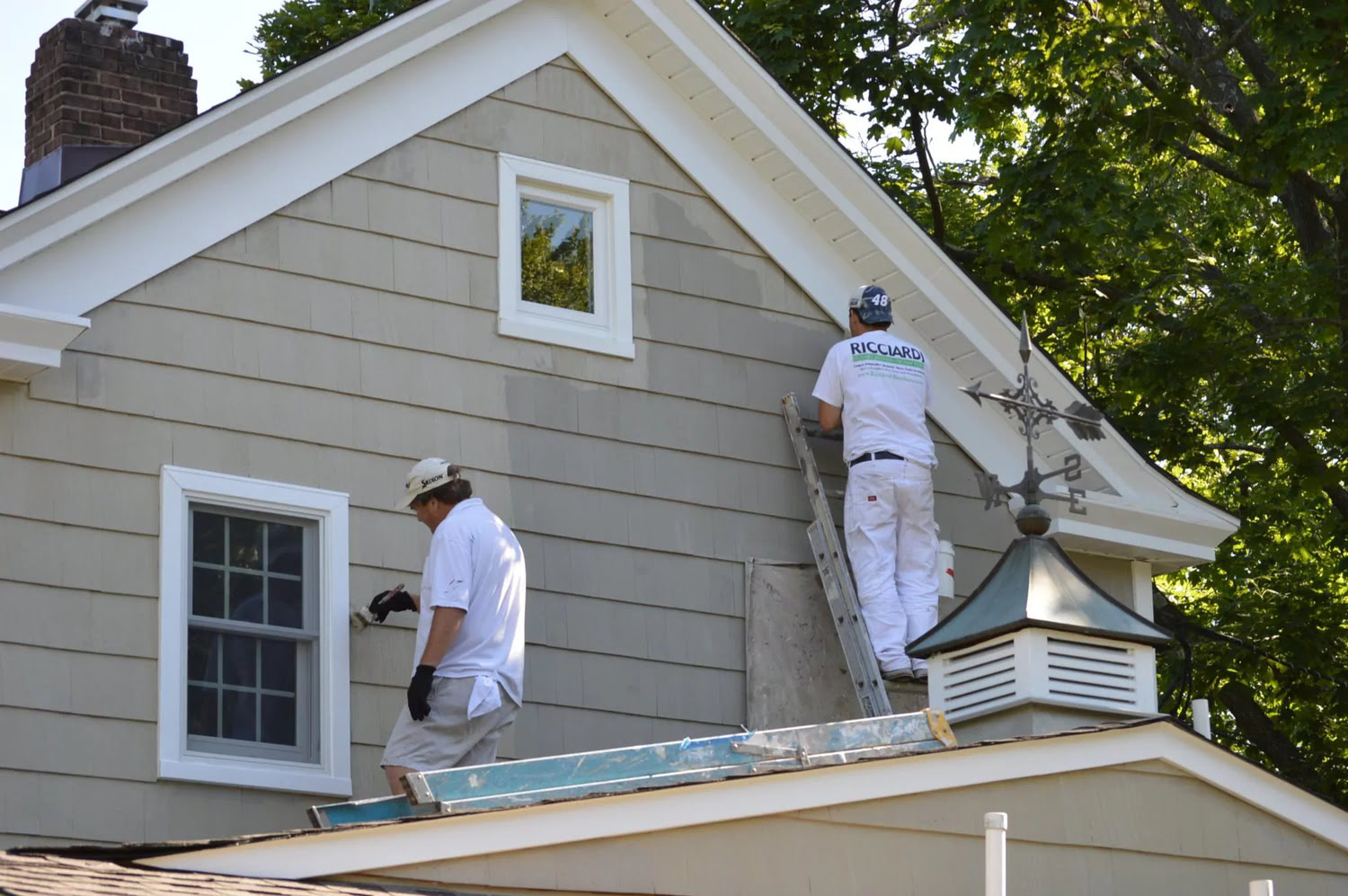

Interior Design
How Often To Paint A House Exterior, According To Pros
Modified: January 8, 2024
Discover the recommended frequency for painting your house exterior from interior design professionals. Keep your home looking fresh and well-maintained with expert tips.
(Many of the links in this article redirect to a specific reviewed product. Your purchase of these products through affiliate links helps to generate commission for Storables.com, at no extra cost. Learn more)
Introduction
When it comes to maintaining the appearance and integrity of your home, exterior painting plays a crucial role. A fresh coat of paint not only enhances the curb appeal but also provides protection against the elements, preventing damage and preserving the value of your property. The key question that most homeowners have is how often they should paint their house exterior.
In this article, we’ll delve into this topic and provide insights from professionals in the interior design industry to help you determine the ideal frequency for exterior painting. Whether you’re planning a DIY project or considering hiring a professional, understanding the recommended timeline for exterior painting is essential.
Before we dive into the specifics, let’s take a look at the benefits of regular exterior painting and the factors that can affect the frequency of painting.
Key Takeaways:
- Regular exterior painting not only enhances curb appeal but also protects against the elements, prevents rot, and increases property value. Understanding the factors influencing the frequency is crucial for maintaining a beautiful and durable home exterior.
- Proper preparation, including cleaning, repairing, and priming, is essential for a successful exterior paint job. Whether opting for professional painters or a DIY approach, staying proactive and attentive to your home’s exterior needs is key to achieving optimal results.
Benefits of Regular Exterior Painting
Regular exterior painting offers numerous benefits that go beyond just cosmetic appeal. Here are some of the key advantages:
- Enhanced Curb Appeal: One of the most obvious benefits of regular exterior painting is the improved appearance of your home. A fresh coat of paint can instantly transform the exterior, giving it a clean and polished look.
- Increased Property Value: A well-maintained and visually appealing home can significantly increase its value. If you’re planning on selling your property in the future, regular exterior painting can be a great investment.
- Protection Against the Elements: Your home’s exterior is exposed to harsh weather conditions, such as rain, sun, wind, and snow. A high-quality paint job acts as a protective barrier, shielding the surfaces from moisture, UV rays, and other environmental damage.
- Prevention of Rot and Decay: Moisture can seep into the walls and woodwork, leading to rot and decay over time. By regularly repainting the exterior, you can identify and address any signs of damage early on, preventing further deterioration.
- Longer Lifespan for Siding and Trim: The paint on your siding and trim not only adds aesthetic appeal but also acts as a protective layer. By maintaining the paint regularly, you can prolong the lifespan of these exterior elements, saving you money in the long run.
It’s important to note that the benefits of regular exterior painting can only be fully realized if the job is done properly. This involves using high-quality materials, employing the right techniques, and ensuring thorough surface preparation. Hiring a professional painter or having a good understanding of DIY techniques is key to achieving optimal results.
Factors that Affect the Frequency of Exterior Painting
Several factors can influence how often you should repaint the exterior of your house. It’s essential to consider these factors to determine the ideal frequency for your specific situation. Here are the key factors that affect the frequency of exterior painting:
- Climate: The climate in which you reside plays a significant role in the deterioration of exterior paint. Extreme temperatures, high humidity, and heavy rainfall can cause paint to degrade faster. In areas with harsh climates, more frequent painting may be necessary to maintain the integrity of your home’s exterior.
- Type of Paint Used: The quality of the paint and the type of finish can impact its durability. High-quality paint designed for exteriors tends to last longer and withstand weathering better. Additionally, choosing a paint with a semi-gloss or satin finish can provide better resistance to moisture and UV rays.
- Exposure to the Elements: Homes that are constantly exposed to direct sunlight, strong winds, or heavy rainfall may require more frequent painting. These elements can cause paint to fade, blister, or peel faster than in more sheltered environments.
- Quality of Previous Paint Job: The longevity of your paint job is also influenced by the quality of the previous application. If the surface was not properly prepared or if low-quality materials were used, the paint may deteriorate more quickly, necessitating more frequent repainting.
- Color Choice: The color of your exterior paint can affect its lifespan as well. Darker colors tend to fade faster than lighter ones when exposed to sunlight. If you opt for a dark color palette, you might need to repaint more often to maintain its vibrancy.
- Maintenance and Cleaning: Regular maintenance and cleaning can help extend the life of your exterior paint. Washing off dirt, grime, and pollutants can prevent them from degrading the paint surface. Additionally, addressing any issues promptly, such as peeling or cracking, can prevent further damage and potentially extend the time between repainting.
Considering these factors will give you a better understanding of how frequently you should repaint your home’s exterior. However, it’s always best to consult with professionals who have experience in dealing with your specific climate and environmental conditions to determine the most suitable timeline.
Recommended Frequency for Exterior Painting
While the frequency of exterior painting can vary depending on several factors, there are some general guidelines that can help you determine the recommended timeline. Keep in mind that these are just suggestions, and it’s always best to assess the condition of your home and consult with professionals for a more accurate assessment. Here are the recommended frequencies for exterior painting:
- Wood Siding: For homes with wood siding, it is generally recommended to repaint every 3-7 years. Wood is more prone to damage and decay, so regular maintenance is crucial to ensure its longevity.
- Brick or Stucco: Brick or stucco exteriors tend to require less frequent repainting. These materials are more durable and can retain their appearance for longer periods. Repainting every 5-10 years is typically sufficient.
- Hardie Board or Fiber Cement: Hardie board and fiber cement siding are popular choices due to their durability. These materials can typically go 10-15 years before requiring repainting.
- Metal or Aluminum: Metal and aluminum sidings are known for their longevity. With proper care and maintenance, they can retain their appearance for 15-20 years or more.
- Trim and Accents: The trim and accents of your home may require repainting more frequently than the main siding. These areas are often more exposed to moisture and wear, so repainting every 2-5 years is recommended.
It’s important to note that these recommendations are based on average conditions and may vary depending on your specific climate, quality of previous paint jobs, and other factors mentioned earlier. Regular inspection of your home’s exterior and addressing any signs of damage or deterioration can help you determine when it’s time for a fresh coat of paint.
Ultimately, it’s best to consult with professional painters who can assess your home’s specific needs and provide personalized recommendations based on their expertise and experience.
Signs that Your House Exterior Needs Repainting
While recommended frequencies for exterior painting provide a general guideline, there are specific signs that indicate when it’s time to repaint your house’s exterior. These signs can help you identify when your home is due for a fresh coat of paint. Here are some common indicators:
- Peeling or Cracking Paint: If you notice peeling or cracking paint on the exterior surfaces of your home, it’s a clear sign that the paint is failing and needs attention. Peeling or cracking paint can leave your home vulnerable to moisture damage and further deterioration.
- Fading or Discoloration: Over time, exposure to sunlight and weather can cause the paint to fade or become discolored. If you notice significant color loss or uneven patches, it’s a sign that your house exterior needs repainting to restore its vibrancy and uniformity.
- Visible Wear and Damage: Inspect the exterior of your home for signs of wear and tear, such as chipped or worn-away paint, knots in the wood, or visible signs of decay. These issues not only detract from your home’s appearance but also indicate a need for repainting to protect the surfaces from further damage.
- Mold or Mildew Growth: Excessive moisture can lead to the growth of mold or mildew on your house’s exterior. In addition to being unsightly, mold and mildew can cause health issues and damage the integrity of the surfaces. Repainting with mold-resistant paint is crucial to eliminating these growths and preventing future problems.
- Noticeable Stains or Water Damage: Stains and water damage can occur from leaks, poor drainage, or other issues. If you notice unsightly stains or areas with water damage on your house’s exterior, it’s essential to address the underlying problem and repaint the affected surfaces to prevent further deterioration.
- Aesthetic Considerations: Sometimes, you might simply want to refresh the look of your home and enhance its curb appeal. If you’re no longer satisfied with the current color scheme or style, repainting can help transform the appearance and give your house a fresh, updated look.
It’s crucial to address these signs promptly to prevent further damage, protect your home, and maintain its value. If you observe any of these signs or are unsure about the condition of your home’s exterior, consulting with professional painters can provide valuable insights and guidance.
It is generally recommended to paint the exterior of a house every 5-10 years, but this can vary based on the type of paint used, climate, and wear and tear. Regular inspections can help determine when it’s time for a fresh coat.
Read more: How Often Should You Paint A Stucco House
How to Prepare the House Exterior for Painting
Properly preparing the house exterior is essential to ensure a successful and long-lasting paint job. Follow these steps to effectively prepare your home for painting:
- Clean the Surfaces: Start by thoroughly cleaning the exterior surfaces of your home. Remove dirt, grime, and any loose or flaking paint. A pressure washer can be used to clean large areas, but be careful not to damage the surfaces. Scrub any stubborn dirt with a brush and mild detergent, then rinse off with water and allow the surfaces to dry completely.
- Repair and Patch: Inspect the exterior for any cracks, holes, or damaged areas. Repair these issues by filling them with appropriate patching compound or wood filler. Sand down uneven surfaces to create a smooth and uniform base for the paint.
- Remove Loose Paint: Use a scraper or a wire brush to remove any loose or peeling paint from the surfaces. This step is crucial to ensure proper adhesion of the new paint. Be thorough and remove as much loose paint as possible for a clean and stable surface.
- Protect the Surrounding Areas: Before you start painting, protect areas that you don’t want to be painted, such as windows, doors, trim, and landscaping. Cover them with drop cloths, plastic sheets, or painter’s tape to prevent any accidental paint splatters or spills.
- Apply Primer: Applying a primer is crucial, especially when dealing with bare wood, new surfaces, or areas with significant repairs. Primer helps create a smooth and even surface for the paint and improves its adhesion. Follow the manufacturer’s instructions for the appropriate application of primer.
- Choose the Right Paint: Select a high-quality exterior paint that is suitable for your specific surface material and climate conditions. Consider the type of finish you desire and consult with professionals or paint experts for recommendations. It’s also crucial to choose a color that complements your home’s style and surroundings.
- Apply the Paint: Finally, it’s time to apply the paint. Use a brush, roller, or sprayer, depending on the size and texture of the surfaces. Start from the top and work your way down, applying thin and even coats of paint. Allow each coat to dry before applying the next one, following the manufacturer’s instructions for drying times.
Following these preparation steps will ensure that your paint job goes smoothly and results in a beautiful and long-lasting finish. If you’re not confident in your painting skills or prefer a professional touch, hiring a reputable painting contractor can ensure a high-quality and efficient job.
Hiring a Professional vs. DIY Exterior Painting
When it comes to painting the house exterior, you have two options: hiring a professional painting contractor or taking on the project as a DIY endeavor. Each option has its pros and cons, and the choice depends on several factors. Here is a comparison of hiring a professional versus DIY exterior painting:
Hiring a Professional:
Expertise and Experience: Professional painters have the knowledge, skills, and experience to deliver high-quality results. They are familiar with the best techniques, tools, and materials, ensuring a professional-looking finish.
Time and Efficiency: Professional painters have the resources and manpower to complete the job quickly and efficiently. They can work on the project while you focus on other tasks, saving you time and minimizing disruption to your daily routine.
Access to Professional Tools and Equipment: Professional painters have access to a wide range of specialized tools and equipment, such as sprayers, scaffolding, and high-quality brushes. These tools can help deliver a more even and precise application of paint.
Insurance and Warranty: Reputable painting contractors usually carry liability insurance, protecting you from any accidental damage or injury that may occur during the project. They may also offer warranties on their work, providing peace of mind and assurance of quality.
Enhanced Safety Measures: Painting the exterior of a house can involve working at heights and using ladders or scaffolding. Professionals are trained in safety protocols and have appropriate safety equipment to minimize the risk of accidents or injuries.
DIY Exterior Painting:
Cost Savings: One of the primary motivations for opting for DIY exterior painting is cost savings. Doing the work yourself eliminates the labor costs associated with hiring professionals. However, keep in mind that DIY projects may require the investment of time and money in tools, equipment, and materials.
Flexibility and Control: Taking on a DIY project allows you to have full control over the entire process, from color selection to the actual painting. You can customize the project to your liking and work at your own pace.
Sense of Accomplishment: Successfully completing a DIY project like exterior painting can give you a sense of satisfaction and pride in your own work. It can be a rewarding experience and an opportunity to showcase your skills and creativity.
Learning Experience: Embarking on a DIY project provides an opportunity to learn new skills and gain hands-on experience. It can be a valuable learning experience that you can apply to future home improvement projects.
Before deciding between hiring a professional or going the DIY route, consider your budget, time availability, skill level, and the size and complexity of the project. Remember, even if you choose to do it yourself, it’s always a good idea to consult with professionals for guidance, advice, and tips to ensure a successful outcome.
Conclusion
Maintaining the exterior of your home through regular painting is essential for both aesthetic and practical reasons. By understanding the benefits of regular painting, the factors that influence the frequency, and the signs that indicate it’s time for a fresh coat, you can make informed decisions about maintaining and improving the appearance of your house.
Consider the climate, type of paint, exposure to the elements, and the overall condition of your home when determining the frequency of exterior painting. Following the recommended timelines can help protect your investment, increase property value, and prevent damage caused by weather, moisture, and natural wear and tear.
Proper preparation of the house exterior is crucial for a successful paint job. Cleaning, repairing, and priming the surfaces are essential steps that should not be overlooked. Choosing the right paint, applying it using appropriate techniques, and protecting surrounding areas are equally important for achieving professional-looking results.
Deciding whether to hire a professional painting contractor or take on the project as a DIY endeavor depends on various factors, including expertise, time availability, budget, and personal preference. Both options have their advantages, and it’s important to weigh them accordingly.
Overall, regular exterior painting is a vital part of home maintenance and enhancement. It not only protects your home from the elements but also gives it a fresh and appealing look. Whether you decide to tackle the project yourself or enlist the help of professionals, the key is to stay proactive and attentive to the needs of your home’s exterior.
Remember, the recommended frequencies and guidelines provided in this article are general recommendations. Consulting with professionals in the interior design industry or experienced painting contractors can provide personalized advice tailored to your home’s specific needs, ensuring that you achieve the best results possible.
Frequently Asked Questions about How Often To Paint A House Exterior, According To Pros
Was this page helpful?
At Storables.com, we guarantee accurate and reliable information. Our content, validated by Expert Board Contributors, is crafted following stringent Editorial Policies. We're committed to providing you with well-researched, expert-backed insights for all your informational needs.

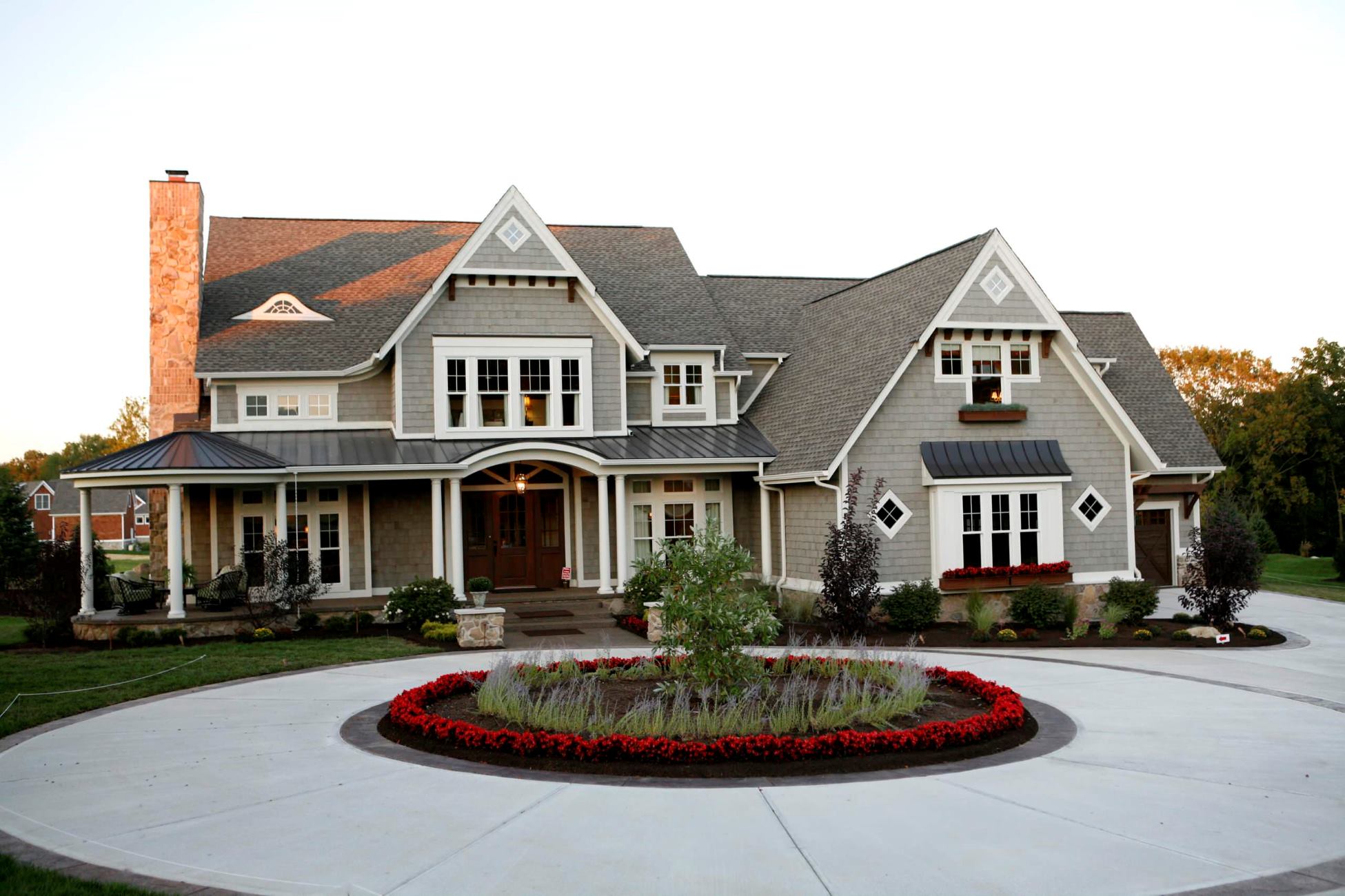

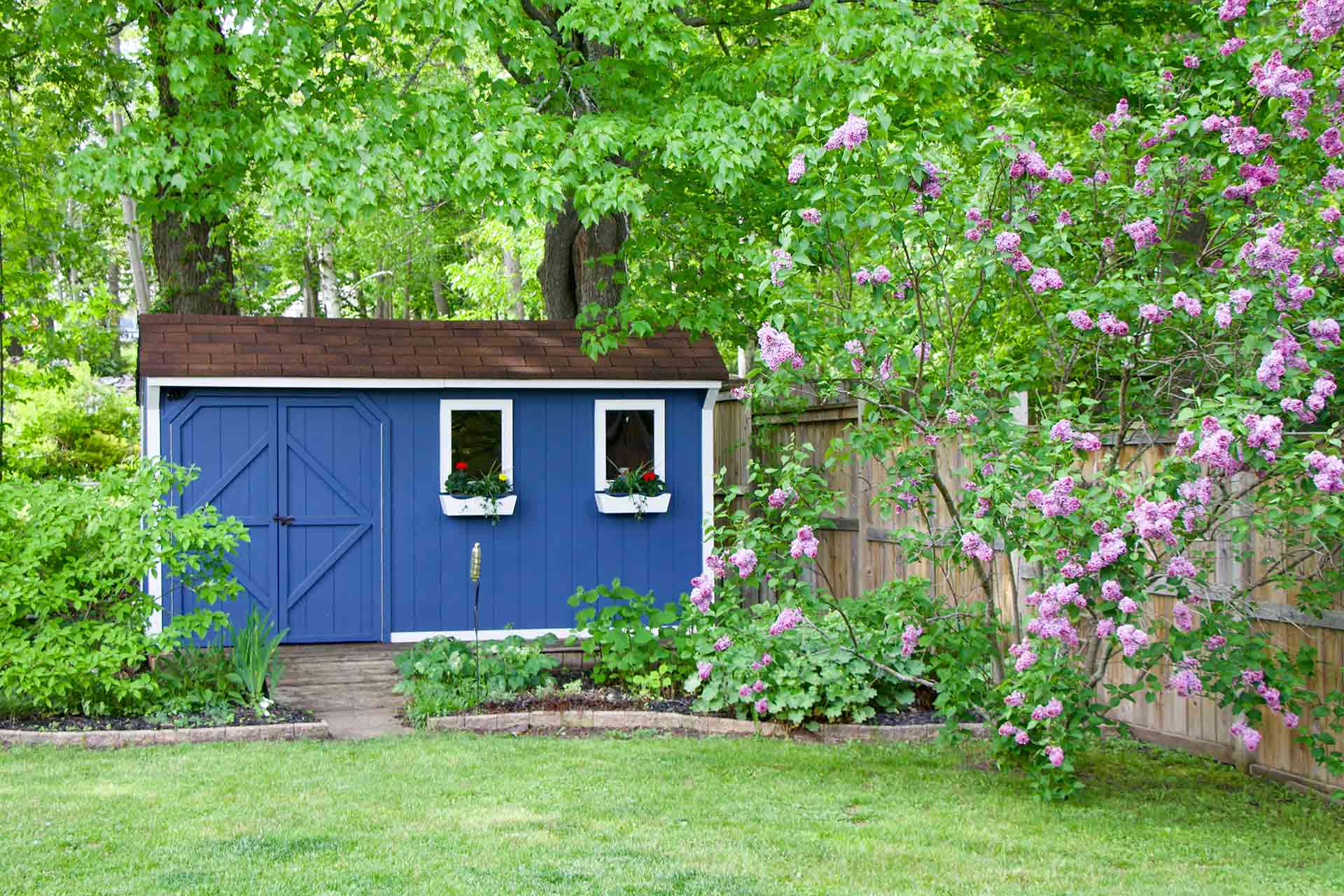
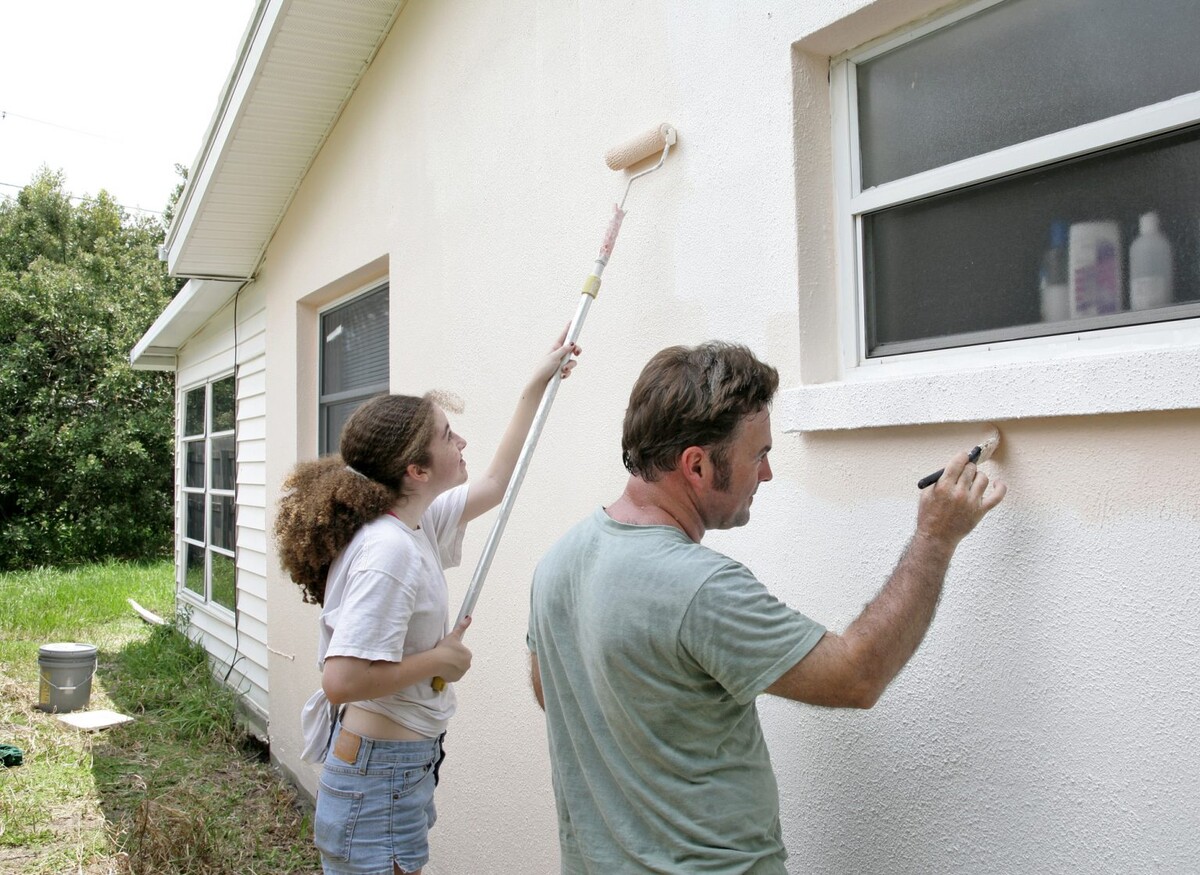
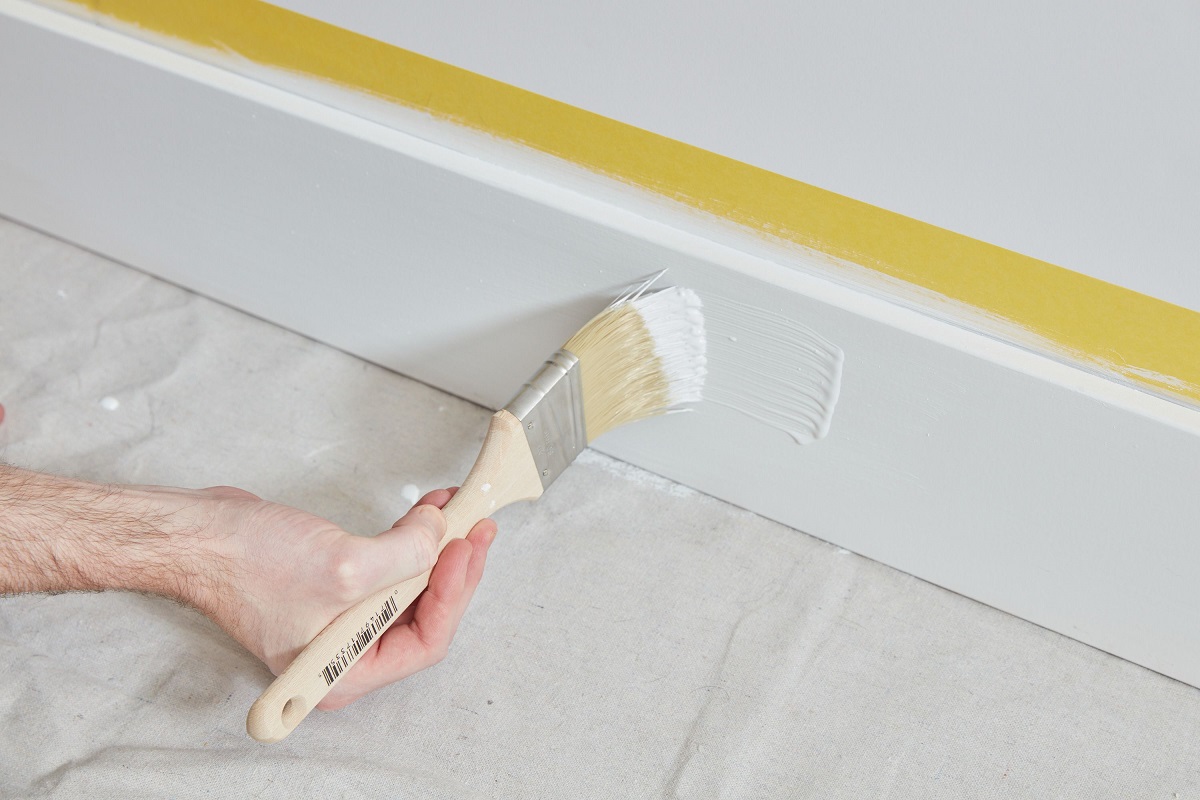


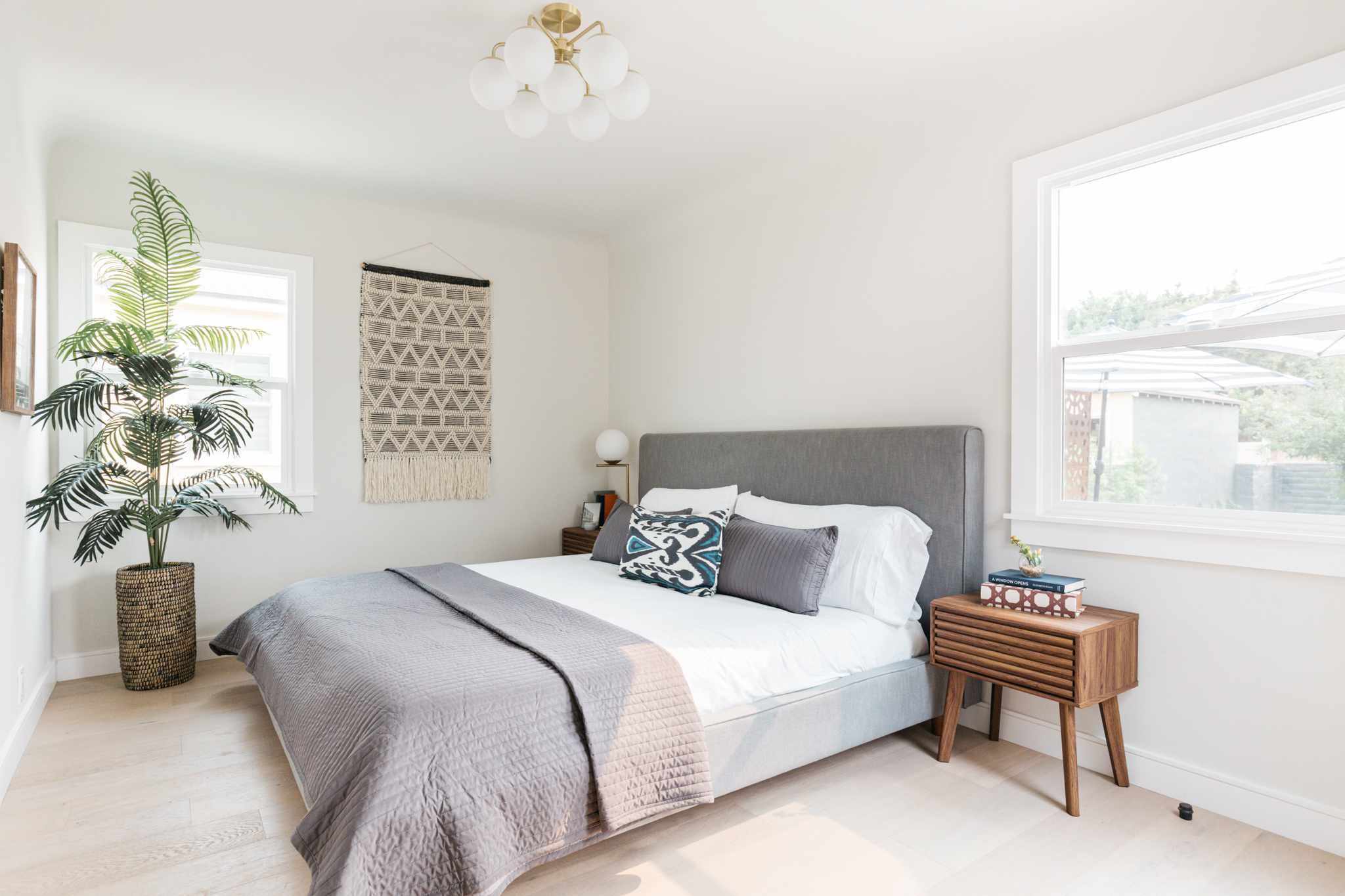
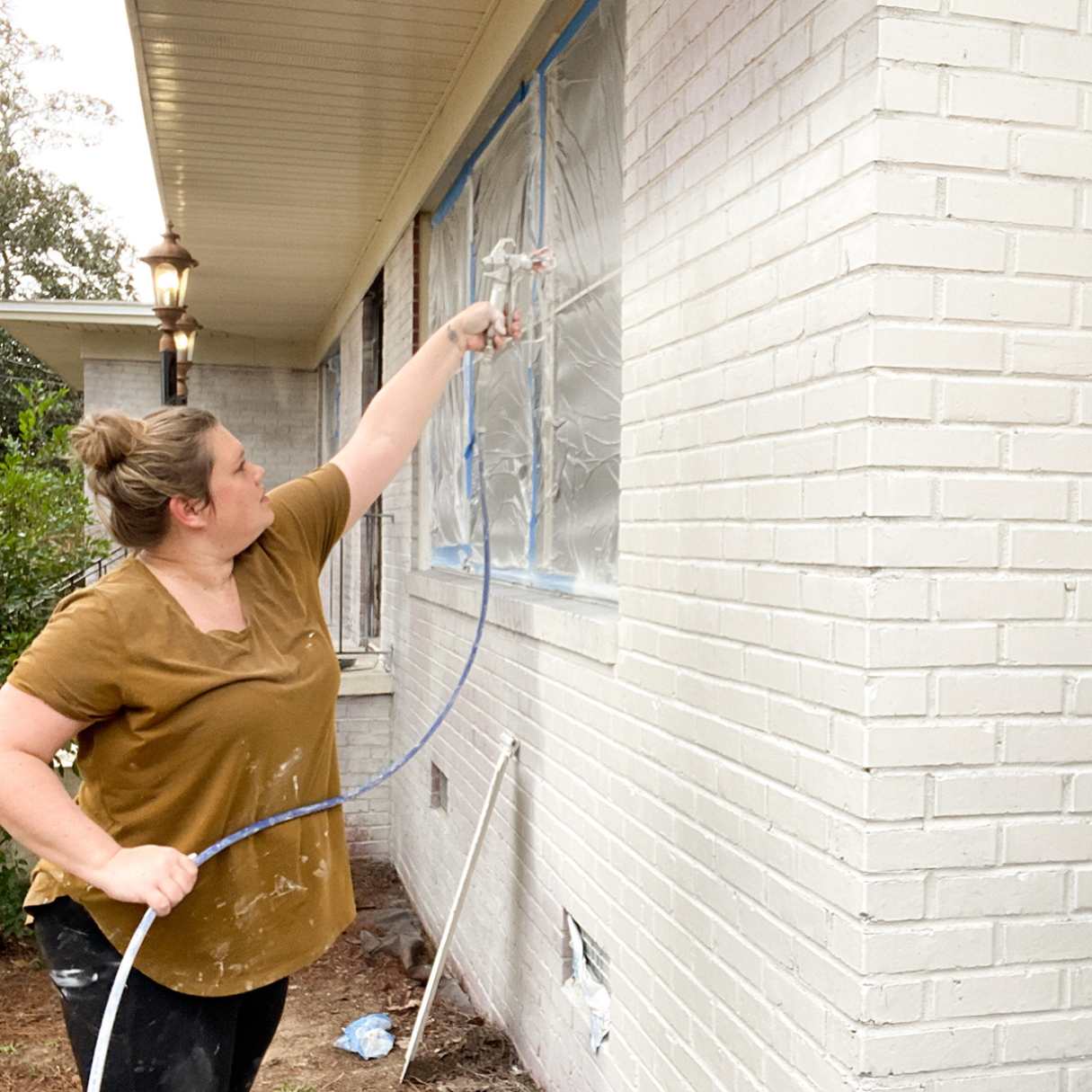
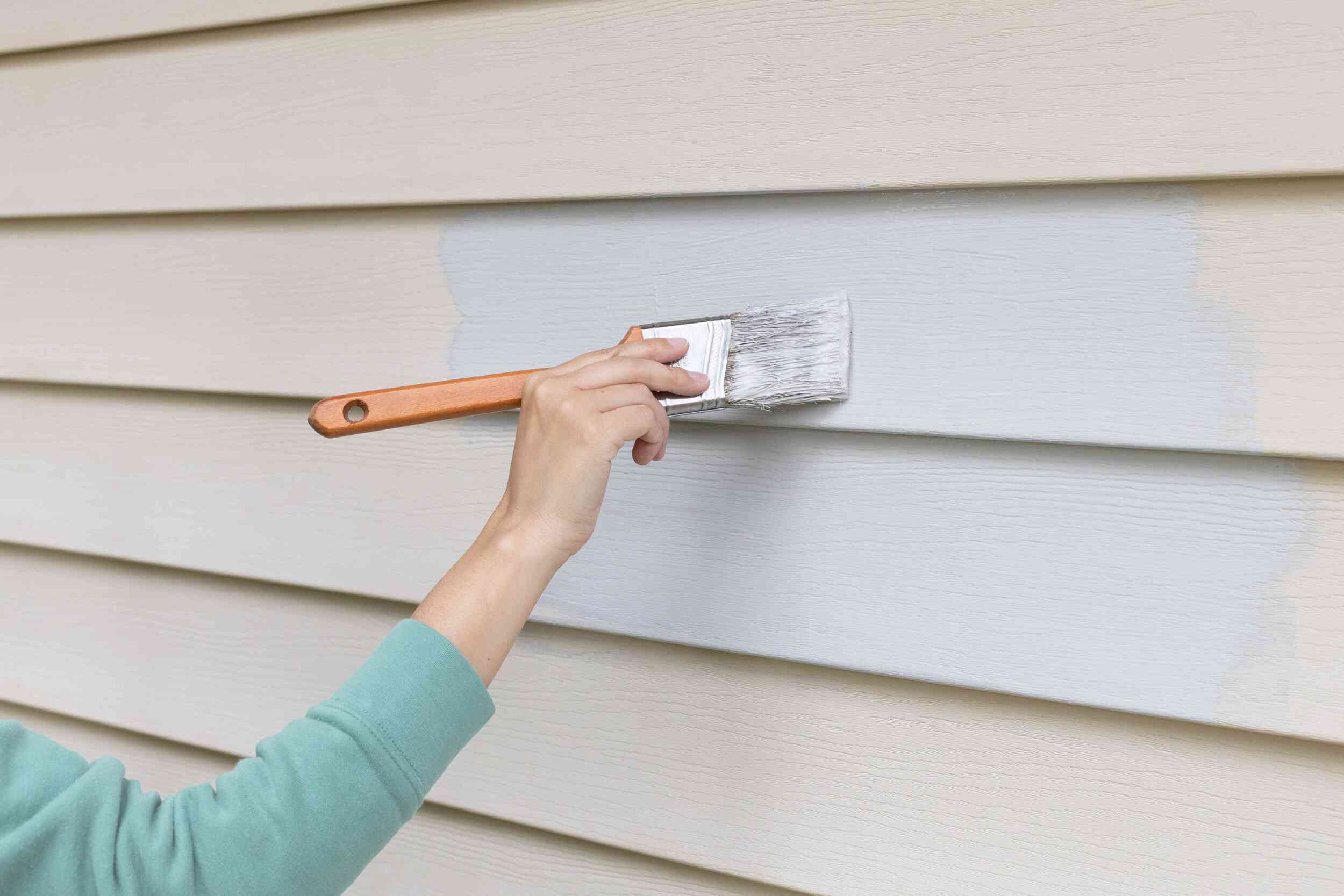
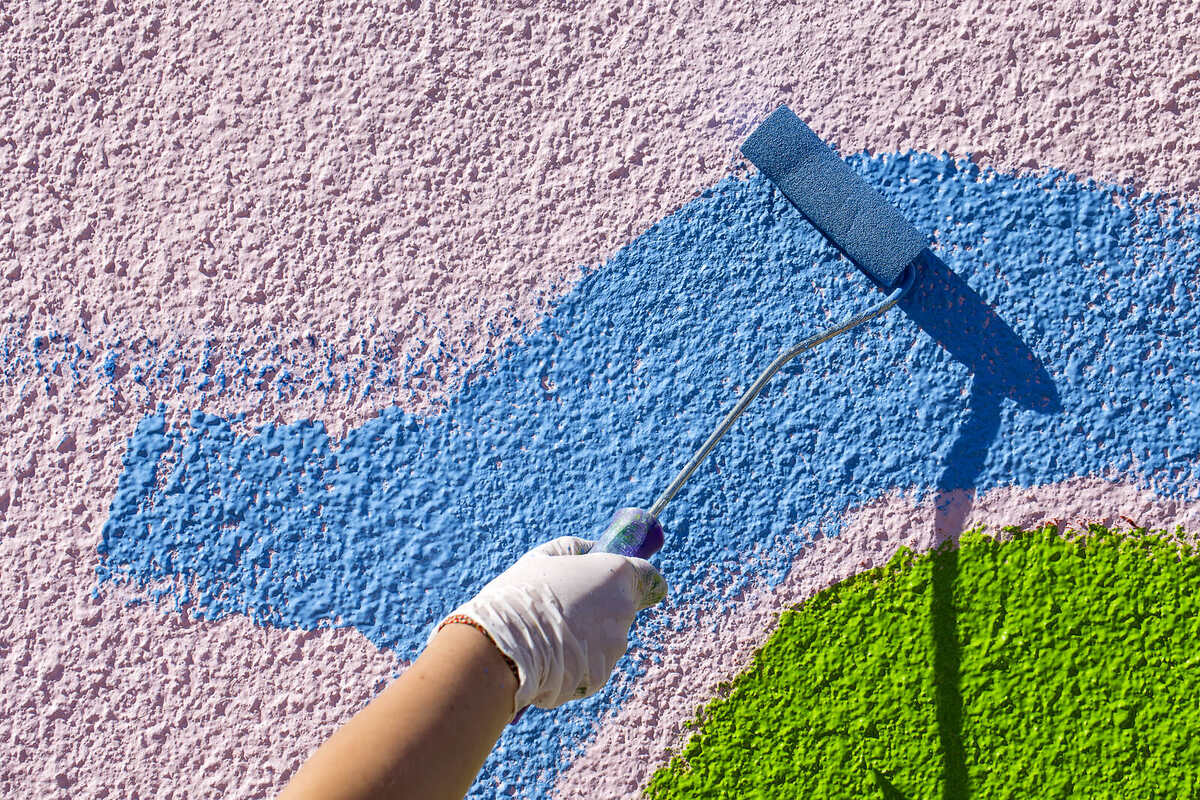
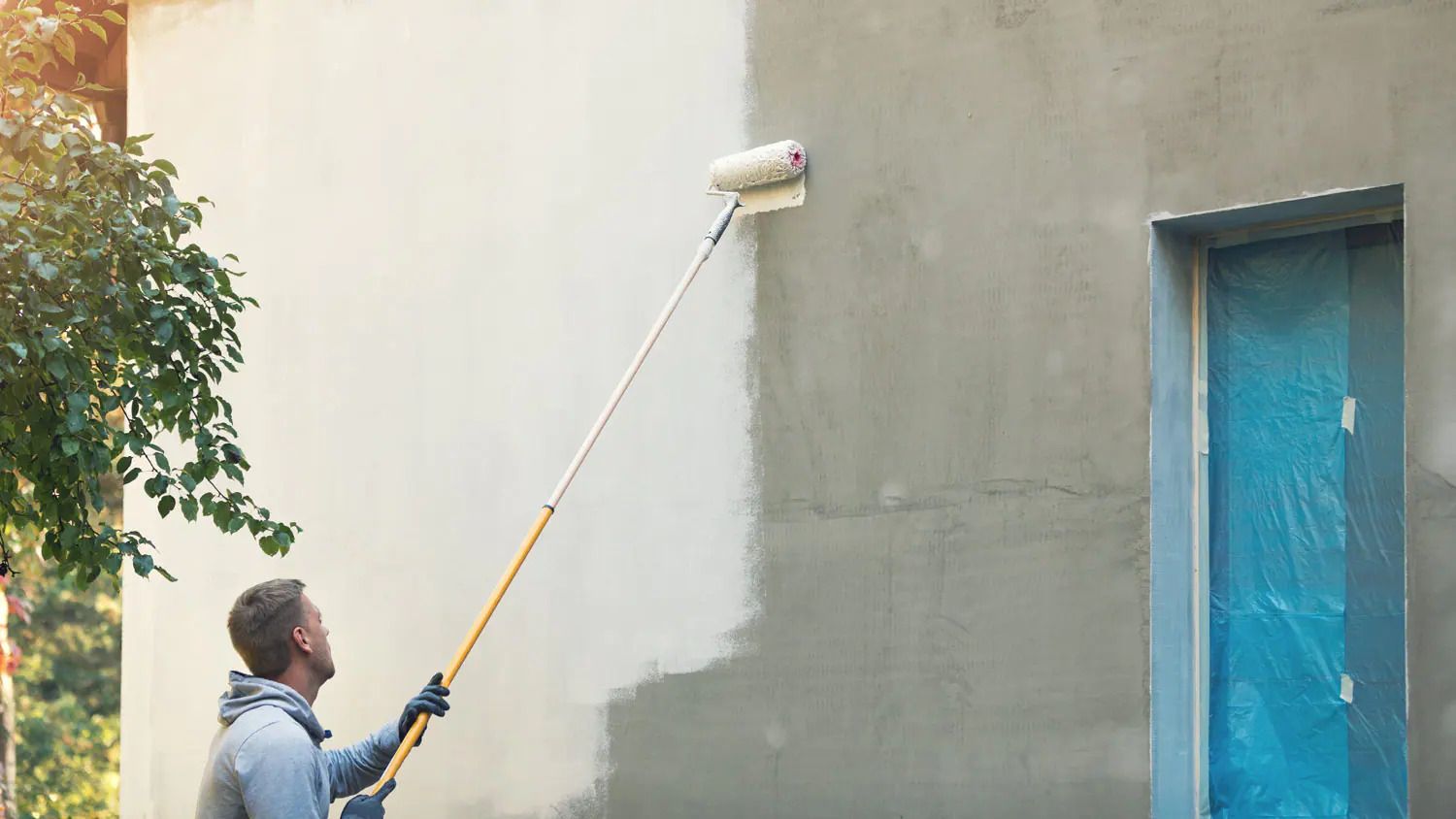

0 thoughts on “How Often To Paint A House Exterior, According To Pros”